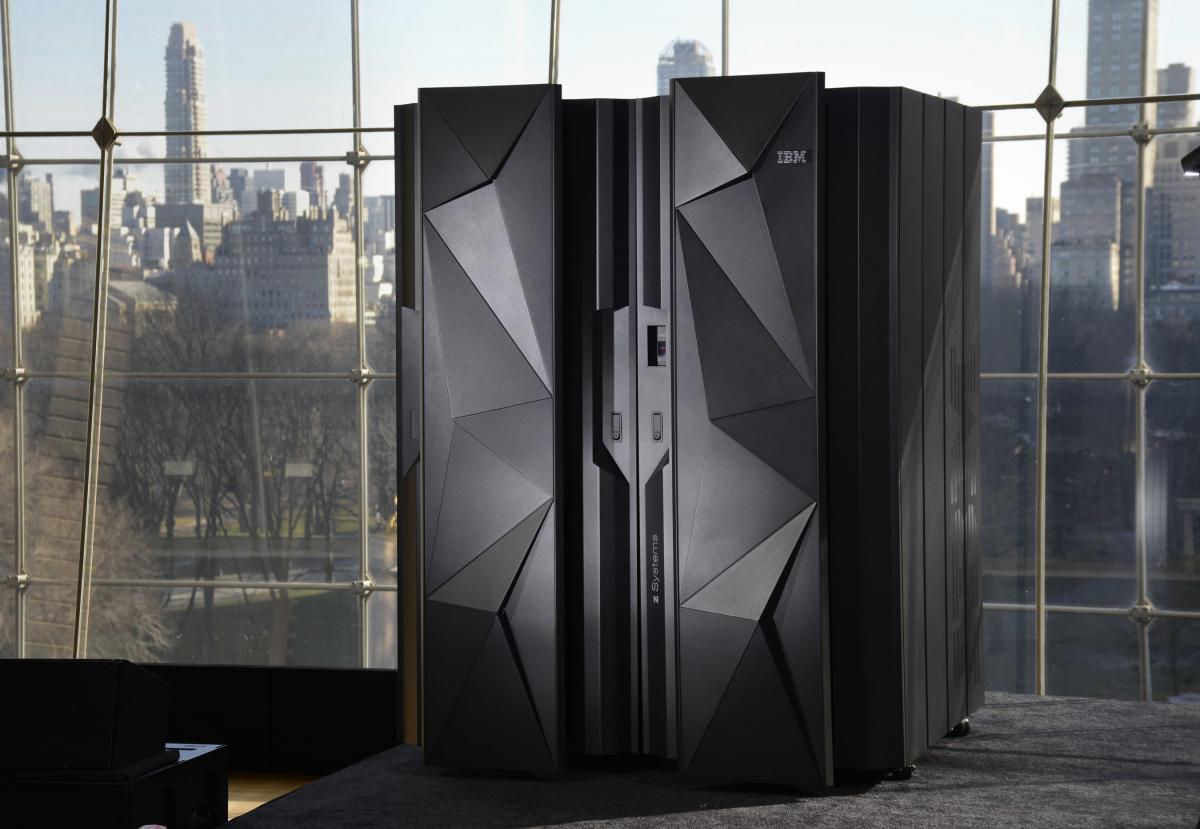IBM on Tuesday took the covers off its z13 mainframe, what it says is one of the most sophisticated computer systems ever built, and designed to deliver massive scalability together with real-time encryption and analytics to help support the demands of the mobile economy.
With $1 billion invested and five years of development behind the z13, the system is able to process 2.5 billion persistent, protected and auditable transactions a day.
According to the technology giant, its powerful z13 offers scalable real-time encryption technologies that enable a higher level of security for mobile initiated transactions.
Furthermore, embedded analytics provide real-time insights on all transactions and help clients run real-time fraud detection on 100 percent of their transactions to detect fraud fraudulent transactions as they occur.
As use the of mobile devices increases, businesses and consumers are driving exponentially larger numbers of mobile transactions.
“Each of these mobile transactions triggers a cascade of events across computing systems,” IBM explained. “These events include comparisons to past purchases, data encryption and decryption, bank-to-bank reconciliations, and customer loyalty discounts. This cascade of events causes a so-called “starburst effect” – where a single transaction can trigger as few as four or as many as 100 additional system interactions.”
As a result, the starburst effect can create security vulnerabilities at each interaction point.
“Every time a consumer makes a purchase or hits refresh on a smart phone, it can create a cascade of events on the back end of the computing environment. The z13 is designed to handle billions of transactions for the mobile economy,” said Tom Rosamilia, senior vice president, IBM Systems. “Consumers expect fast, easy and secure mobile transactions. The implication for business is the creation of a secure, high performance infrastructure with sophisticated analytics.”
Fully supporting Linux and OpenStack, the z13 can power private or hybrid cloud architectures and is capable of running up to 8,000 virtual servers — more than 50 virtual servers per core.
In addition to fraud prevention, businesses can use the powerful capabilities of the z13 to give customers a personalized experience by gaining real-time insights into their purchasing habits to offer up-sell and cross-sell promotions before they leave an online store.
Pricing for the z13 was not provided by IBM.
